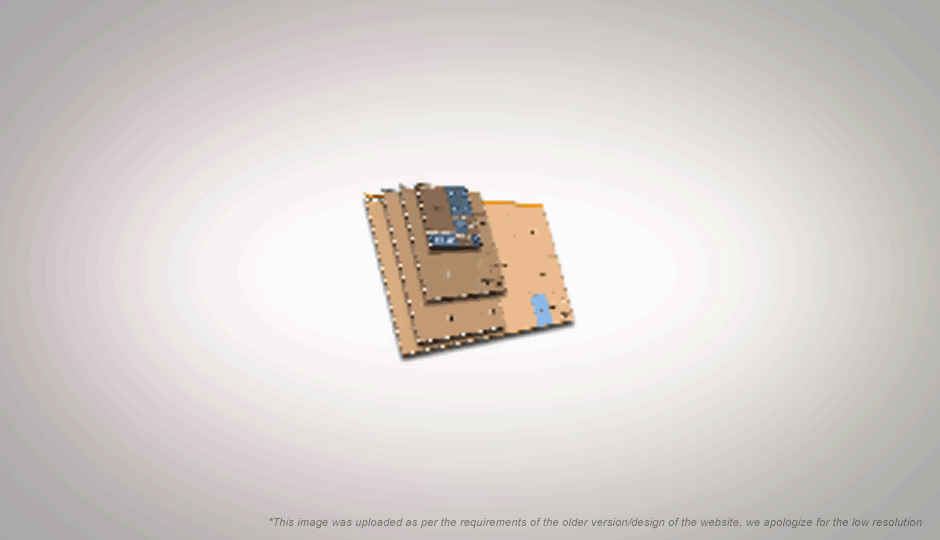App of the Week: SpaceSniffer 1.1

Do you often run out of space on your hard drive and wonder where exactly all your space has gone? Windows includes a disk cleanup tool, but it is neither thorough nor does it highlight the space that you yourself could be wasting. Fortunately SpaceSniffer does this quite well.
Often one will download files into random directories, extract zip files here and there and just forget about it over time. This waste of space builds up until there is little free space left at all. While you can perform a search for the largest files on your system, many time the space-consumers are folders with numerous small files; these are harder to detect. You will have to right-click each to see how much space it is taking. Unfortunately Windows has no simple way of checking the size of many folders at a glance.
SpaceSniffer simplifies this process by performing a scan of your system, and mapping out exactly how the storage on your hard disk is distributed. It then displays this information visually in a manner such that it is easy to identify the heaviest folders and files on your system.
The concept is simple, if you have a folder with two files of equal size, SpaceSniffer will show them both as equal rectangular divisions of the larger rectangle, the parent folder. This folder will then be placed, in the ratio of space it occupies, in the parent folder. The video at the end of this article will perhaps make it clearer how this works.
This leads to a very intuitive representation. The larger it looks on screen, the larger it is on your computer. Click on any rectangle representing a folder, and it will smoothly zoom into its folder. This is very useful if you’ve identified where you space is being wasted and just want to focus on that folder.
SpaceSniffer isn’t just for show though, it is a file manager as well. So you can right click on any of these files and you get the usual context menu. You can then view the file, delete it, or perform other operations right from here. If you delete something, it immediately shows up in the visualization. In fact, even if you delete a file outside SpaceSniffer, it will automatically update the visualization with the new information
A number of more advanced operations are supported by SpaceSniffer:
- You can have it display more, or less detail. This controls the depth of folders / files to show.
- You can perform advanced filtering operations to find the space taken by the files that match your pattern.
- You can have SpaceSniffer colour the files based on their file type. For example, by default it will colour video files as red, so your videos drive will look predominantly red; if there you find patches of other colours, you know something is not in place.
- Other display, geometry, and animation setting can also be modified.
- You can tag files / folders with colours, and then filter on that basis. Say you find four offending folders, tag them all in one colour and then filter by that colour.
- You can opt to have it show free space as well.
SpaceSniffer is freeware that works on Windows 2000 and above. It is also available as a portable application that can be run off a pendrive. It packs in all these features in just 1.5MB. You can download it from here.

_-_Ready.png)